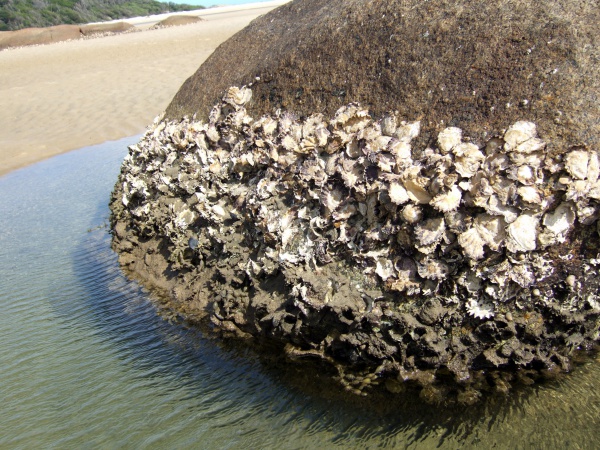Facts About Sydney rock oyster
The Sydney rock oyster, scientifically known as Saccostrea glomerata, is a culinary staple in both Australia and New Zealand. In Australia, it is commonly referred to as the Sydney rock oyster, whereas in New Zealand, it is called the New Zealand rock oyster or Auckland oyster. This species is indigenous to both countries and closely related to Saccostrea cucullata, commonly known as the hooded oyster, which is prevalent throughout the Indo-Pacific region.
One noteworthy characteristic of the Sydney rock oyster is its capacity to flourish in diverse salinity levels. These oysters typically inhabit the intertidal zone, extending up to 3 meters below the low-water mark. Initially, scientists classified the Sydney rock oyster and the New Zealand rock oyster as distinct species, but they have subsequently been grouped with the hooded oyster due to their similarities.
The distribution of Sydney rock oysters spans along the east coast of Australia, from eastern Victoria to Queensland, with additional populations in northern and western Australia. They are cultivated in various coastal areas, playing a significant role in local economies.
Sydney rock oysters reproduce through a process known as broadcast spawning, wherein they release eggs and sperm into the water, facilitating fertilization. The larvae then develop in coastal waters for up to three weeks before settling on a suitable surface. Typically, these oysters reach market size within two to three years. Due to selective breeding, some strains have become more resistant to diseases, enhancing their sustainability.
The commercial farming of Sydney rock oysters constitutes a major industry in Australia, particularly in New South Wales and Queensland. These gourmet oysters are best enjoyed freshly shucked and can remain fresh for up to 14 days if stored properly. Beyond their culinary appeal, Sydney rock oysters are crucial to the aquaculture industry and are a cherished element of the coastal culture in both Australia and New Zealand.
